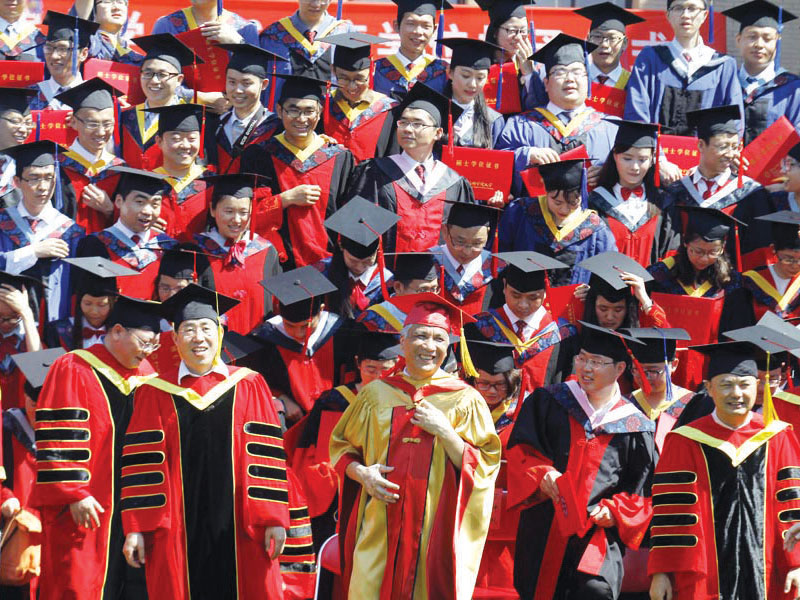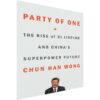China: Familiar phenomenon

Chinese graduates: Industry-academy mismatch
The unemployment rate for youth aged 16-24 in cities reached a record high of 21.3 percent last June (2023). That was perhaps too embarrassing for the government, so it stopped publishing the data series while it rejigged its calculation to exclude young people seeking jobs while studying. The new numbers are lower, but still depressing: in March 15.3 percent of young people in cities were unemployed. That’s nearly three times the overall jobless rate.
For young graduates, the situation is probably even more dire. China does not release unemployment data for this cohort. By our calculations (including students who are seeking jobs), the unemployment rate for 16-24-year-olds with university education was 25.2 percent in 2020, the last year for which census data are available. That was 1.8 times the unemployment rate of all young people at the time.
China’s sluggish economy is at least partly to blame. Demand for graduates has stagnated. Meanwhile, the supply of them is growing. This year, nearly 12 million students are expected to graduate from higher-education institutions, an increase of 2 percent compared with last year. Between 2000 and 2024, the number of Chinese graduates per year grew more than tenfold.
This phenomenon can be traced back to Min Tang, a Chinese economist who proposed expanding enrolment in higher education as a way of dealing with the Asian financial crisis of the late 1990s. Such a policy would postpone young people’s entry into the job market and stimulate the economy by way of education spending, he said. The government adopted his plan, which coincided with societal changes that pushed in the same direction. Children born under China’s one-child policy began to come of age in 1999. With family size limited, parents had more to invest in each child-and more incentive to encourage their studies, since these children are expected to provide for their parents in old age.
The rising number of graduates might not be such a problem if they were learning skills valued by employers. But Chinese companies complain that they cannot find qualified candidates for open positions. Part of the problem are low-quality minban daxue (private universities). Yet the skills mismatch extends across higher education. For example, the number of students studying the humanities is growing even though demand for such graduates is much lower than that for specialists in other fields.
In his state-of-the-nation speech in March, Li Qiang, the prime minister, at least paid lip service to the idea of making sure more graduates learn skills needed in sectors such as advanced manufacturing and elderly care. But many will continue to find that their degree is not a ticket to a good job. Told for years that higher education is a ladder to a better life, their frustrations are growing.

















Add comment